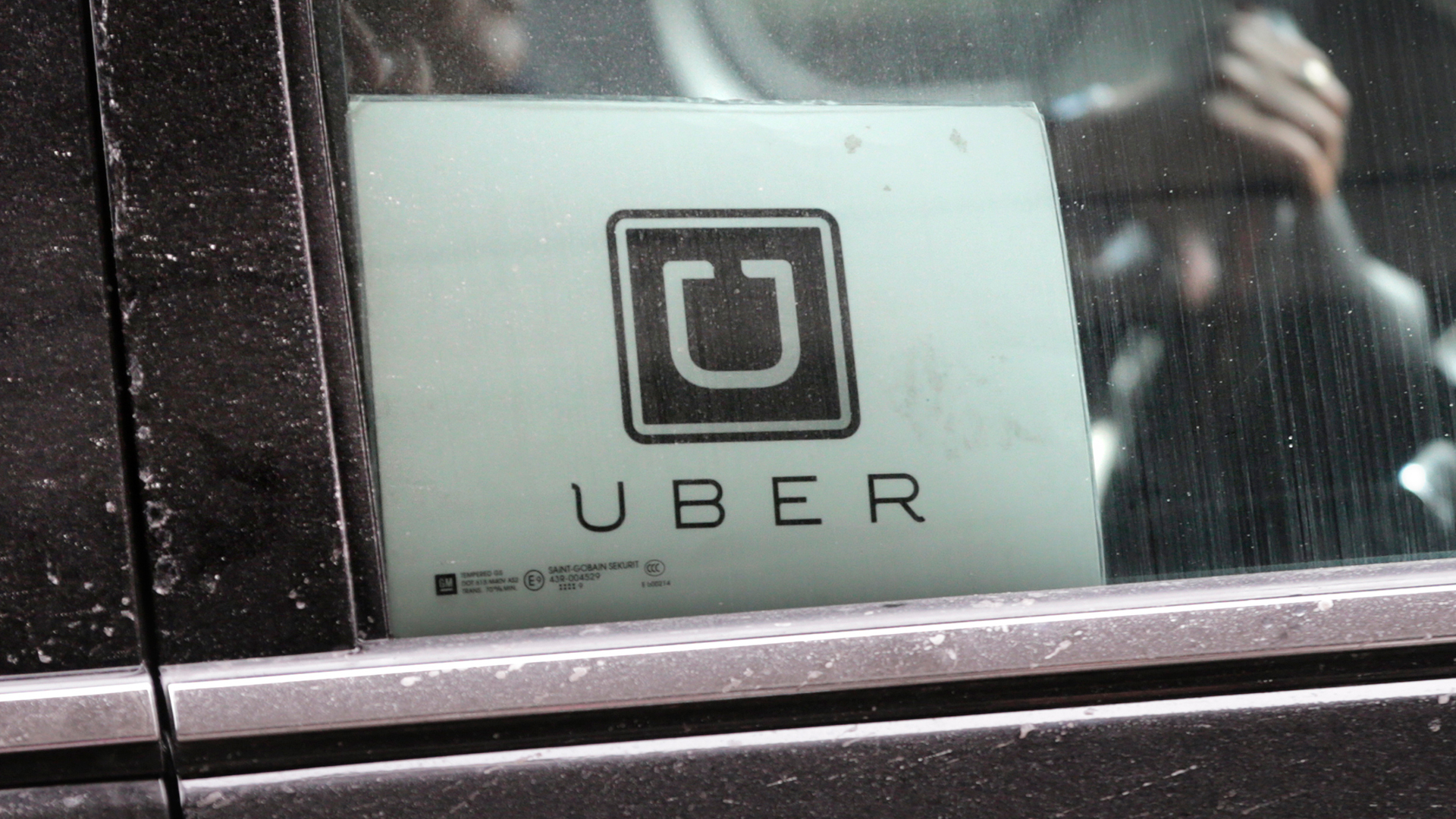

Uber will phase out its Xchange subprime car-leasing program, reports The Wall Street Journal. Launched in 2015, Xchange was an attempt by Uber to disrupt another area of the car business. But it accrued much heavier losses than executives expected.
Xchange will reportedly be phased out because Uber misjudged the average losses for the vehicles it leased. The average loss per vehicle was originally expected to be $500, but ended up being $9,000 per car or SUV—around 18 times higher.
Uber may not completely abandon car leasing, according to the Journal report. But as part of the reorganization of company in the wake of CEO Travis Kalanick’s resignation, executives are looking to eliminate money-losing operations as part of a company turnaround.
Regardless of what Uber does in the future, winding down Xchange will likely lead to major layoffs. Around 500 jobs could be affected, representing about 3 percent of Uber’s current workforce. Some employees may be shifted to other Uber divisions, but many are nonetheless at risk of losing their jobs.
Xchange offered subprime leases to people who had been approved to drive for Uber, but who didn’t have good enough credit scores to get cars on their own. It was part of Uber’s larger Vehicle Solutions program, which tries to equip drivers with cars the company feels are better suited to ride sharing. Vehicle Solutions also encompasses automaker discounts, traditional financing, and short-term rentals.
The program reportedly started when Uber realized many drivers had cars that didn’t meet its standards for certain reasons, such as being too old or not having four doors. The majority of Uber cars are still owned by drivers or livery companies, keeping with Uber’s business model of reducing costs by treating drivers as independent contractors. But the company did purchase roughly 40,000 cars for its Vehicle Solutions program, and kept them in 14 showrooms across the U.S.
Even with the demise of Xchange, that vehicle purchase is significant. It represents Uber’s first significant attempt at assembling and managing a large fleet of cars, something the company will have to get good at if it wants to bring its dreams of self-driving cars to fruition. Autonomous cars will be owned by Uber itself, meaning it could become one of the largest fleet operators in the country if all goes according to plan.